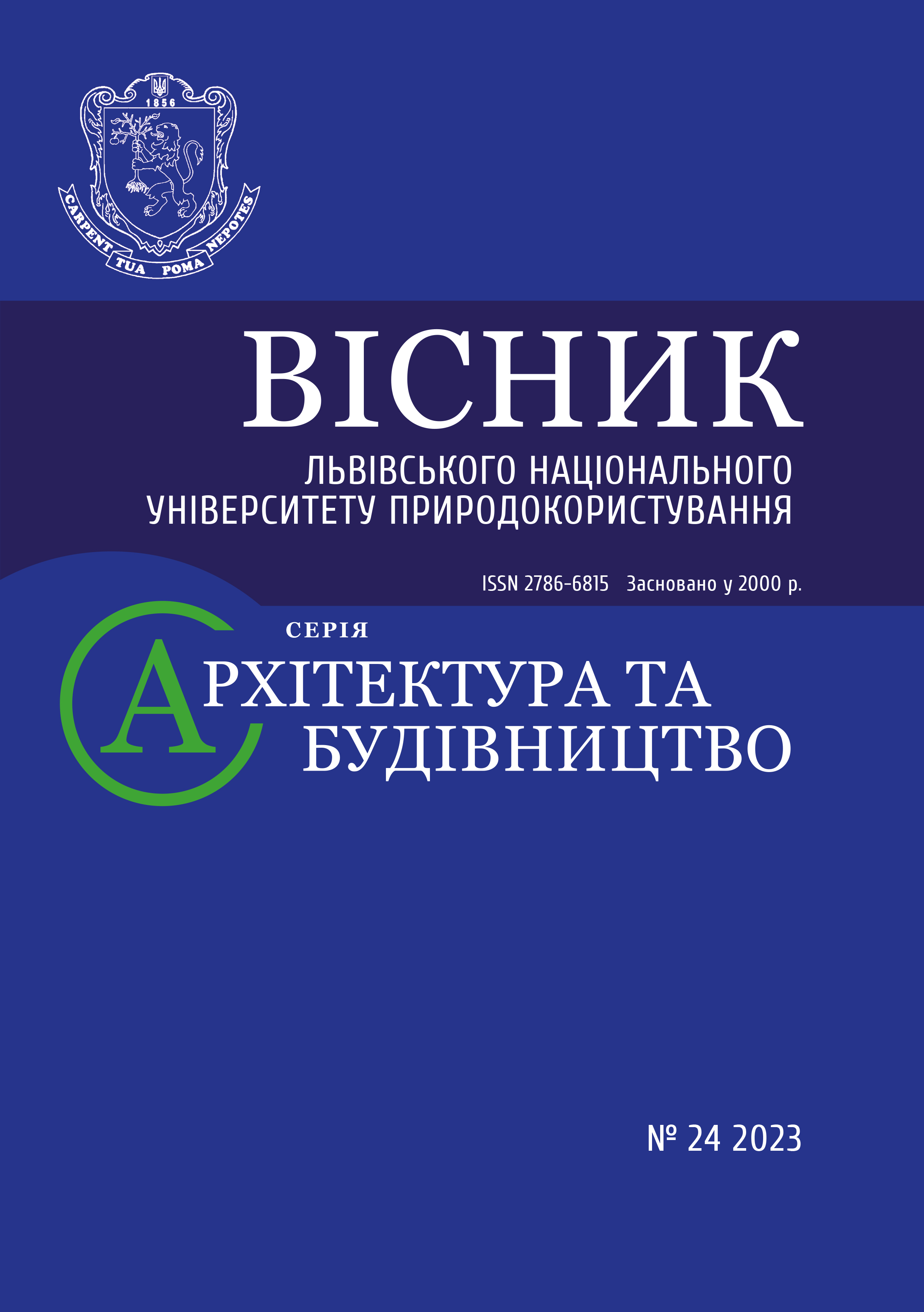MONITORING OF THE SPATIAL PARAMETERS OF RECLAIMED LAND BY MEANS OF AERIAL PHOTOGRAPHY
DOI:
https://doi.org/10.31734/architecture2023.24.133Keywords:
land monitoring, land reclamation, soil erosion, UAV mapping, photogrammetryAbstract
The study is devoted to the possibilities of aerial photography to identify inconsistencies between project solutions determined by the working project of land management for reclamation of disturbed lands and the actual conditions of the elements of reclamation on the ground at certain intervals. The supplied example shows the need to monitor the processes that occur after land reclamation. Modern technological solutions are offered to solve the problem. To determine the spatial parameters of the reclamation object, it is proposed to use aerial photography by unmanned aerial vehicles. Due to the exact reference to the geodetic network in different periods, it is possible to obtain a spatial model of the same area and use the obtained models to measure soil erosion, compliance with the project of technical measures for reclamation, effectiveness of the implemented biological reclamation, volume of the soil inwashing and outwashing, steepness of the slopes. In addition, the work describes visualization of the monitoring processes by means of various functions of specialized software, namely orthophoto plans, elevation maps, change of horizontals, and area of grass vegetation by observation cycles. By using three cycles of measurements with one-year interval, the reserchers determined volume of soil erosion and its dependence on the coverage of the ground's surface with grass vegetation. These parameters help to make decisions about efficiency of the land-reclamation work in combination with other methods of assessing soil conditions, and, if necessary, to correct the project solutions, as well as gain scientifically grounded experience for implementation in the following production projects.
References
A Test on the Potential of a Low Cost Unmanned Aerial Vehicle RTK/PPK Solution for Precision Positioning / N. A. Famiglietti, G. Cecere, C. Grasso, A. Memmolo, A. Vicari. Sensors. 2021. № 21. doi: 10.3390/s21113882.
Halahan T.I. Mining and engineering stage of the disturbed land reclamation and its ecological and economic assessment. Soil study. 2014. Vol. 15, No 1–2 (24). P. 81–88. doi: 10.15421/041408.
Hlotov V., Biala M. Monitoirng of the spatial and temporal geodynamic transformations in the structure of land categories on the example of Stebnyk town based on Earth remote sensing data. Geodynamics. 2022. Vol. 1 (32). P. 5–15. doi: 10.23939/jgd2022.02.005.
Hlotov V., Hunina A. Analysis of the opportunities of UAVs application for aero survey processes. Modern achievements of geodesic science and industry. 2014. No 2. P. 65–70.
Koshel A. O., Kolhanova I. H. On the issue of development of working land management projects for reclamation of disturbed lands. Land organization, cadaster and monitoring. 2022. Vol. 4. P. 72–81. doi: 10.31548/zemleustriy2022.04.07.
Lisova T. V. Reclamation of lands as the main method of their restoration. Law and society. 2017. Vol. 5, No 1. P. 119–125. URI: 123456789/13062 (Accessed May 05, 2023).
On the issue of calculating the point positioning accuracy when making aerial photography from unmanned aerial vehicles / R. V. Schults, S. P. Voitenko, P. D. Krelshteinn, I. A. Malina. Engineering geodesy. 2015. 62. P. 124–135.
Putting land to work: An evaluation of the economic effects of recultivating abandoned farmland / E. Corbelle-Rico, P. Sanchez-Fernandez, E. Lopez-Iglesias, S. Lago-Penas, J.-M. Da-Rocha. doi: 10.1016/j.landusepol.2021.105808.
Quality Assessment of DSMs Produced from UAV Flights Georeferenced with On-Board RTK Positioning / G. Forlani, E. Dall’Asta, F. Diotri, U. Morra di Cella, R. Roncella, M. Santise. Remote Sensing. 2018. No 10 (2). doi: 10.3390/rs10020311.
Romanko R. M., Bespalko R. I. Peculiarities of the monitoring of disturbed and deteriorated lands due to the effect of exogenous geological processes. Ecological safety. 2013. Vol. 1 (15). P. 45–48.
Scientific and practical basis of soil protection from erosion in Ukraine. S. A. Baliuk et al. Kharkiv, 2010. 538 p.
Stöcker C., Eltner A., Karrasch P. Measuring gullies by synergetic application of UAV and close range photogrammetry – A case study from Andalusia, Spain. CATENA. 2015. Vol. 132. P. 1–11. doi: 10.1016/j.catena.2015.04.004.
Themistocleous K. The use of UAVs for monitoring land degradation. Proc. SPIE 10428, Earth Resources and Environmental Remote Sensing/GIS Applications VIII, 104280E (5 October 2017). doi: 10.1117/12.2279512.


